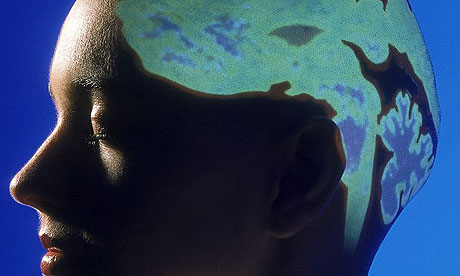
Scientists have shown that the damage caused to nerve cells in multiple sclerosis could be reversed by activating stem cells in the body. The work on animal models of the disease improves our understanding of the devastating condition and may lead to treatments that regenerate the nervous system.
Multiple sclerosis (MS) affects around 100,000 people in the UK and many millions worldwide. Often affecting young adults between the ages of 20 and 40, symptoms can include fatigue, blurred vision, cognitive problems and muscle spasms.
In people with MS the immune system attacks the myelin sheath around nerve fibres, a protective layer of cells that also speeds the transmission of electrical signals. When the myelin is degraded, the nerve fibres can get damaged, and the signals they carry can be disrupted.
Current treatments involve suppressing the immune system to stop it damaging the myelin and the myelin-forming cells. But they don't regenerate damaged myelin.
"Therapies that repair damage are the missing link in treating multiple sclerosis," said Prof Robin Franklin, a neuroscientist at the University of Cambridge, who led the latest work. "In this study we have identified a means by which the brain's own stem cells can be encouraged to undertake this repair, opening up the possibility of a new regenerative medicine for this devastating disease."
There are stem cells throughout the brain and spinal cord that could regenerate myelin but, in many MS patients, these cells do not seem to be activated.
In his research, published today in Nature Neuroscience, Franklin found a way to activate the "RXR pathway", a crucial cell development route that turns brain and spinal cord stem cells into myelin-making cells, in rats and mice. If the same pathway could be switched on by drugs in humans, the cells could regenerate the damaged myelin sheaths around the nerve fibres of MS patients.
Prof Charles ffrench-Constant, a medical neurologist at the University of Edinburgh and co-author of the research paper, said: "The aim of our research is to slow the progression of multiple sclerosis with the eventual aim of stopping and reversing it. This discovery is very exciting as it could potentially pave the way to find drugs that could help repair damage caused to the important layers that protect nerve cells in the brain."
Simon Gillespie, chief executive of the Multiple Sclerosis Society, said: "For people with MS this is one of the most exciting developments in recent years. It's hard to put into words how revolutionary this discovery could be and how critical it is to continue research into MS. We're delighted to have funded the first stage of this work and we're now looking into funding it further."
Franklin said there could be preliminary trials of potential drugs within five years and treatments within 15 years. "The caveat is that the road from where we are to a treatment is unpredictable, but at least we now have a road to go down."

